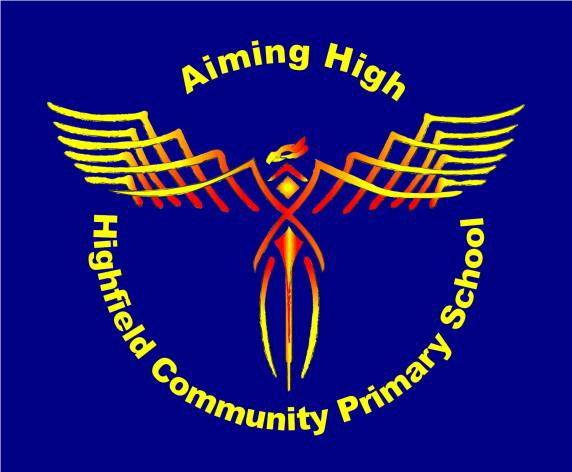Computing
Intent
At our school we want pupils to master skills in IT. Technology is everywhere and will play a pivotal part in students' lives. Therefore, we want to model and educate our pupils on how to use technology positively, responsibly and safely. We want our pupils to understand that there is always a choice with using technology and as a school we utilise technology (especially social media) to model positive use. We recognise that the best prevention for a lot of issues we currently see with technology/social media is through education. Building our knowledge in this subject will allow pupils to effectively demonstrate their learning through creative use of technology. We recognise that technology can allow pupils to share their learning in creative ways. We also understand the accessibility opportunities technology can provide for our pupils. Our knowledge rich curriculum has to be balanced with the opportunity for pupils to apply their knowledge creatively which will in turn help our pupils become skilful computer scientists. We encourage staff to try and embed computing across the whole curriculum to make learning creative and accessible. We want our pupils to be fluent with a range of tools to best express their understanding and hope by Upper Key Stage 2, children have the independence and confidence to choose the best tool to fulfil the task and challenge set by teachers.
Implementation
At Highfield, we are primarily following the ‘Teach Computing’ scheme of work with some adaptations to ensure it meet the needs of the pupils in our community and is inline the National Curriculum: ‘A high-quality computing education equips pupils to use computational thinking and creativity to understand and change the world. Computing has deep links with mathematics, science, and design and technology, and provides insights into both natural and artificial systems. The core of computing is computer science, in which pupils are taught the principles of information and computation, how digital systems work, and how to put this knowledge to use through programming. Building on this knowledge and understanding, pupils are equipped to use information technology to create programs, systems and a range of content. Computing also ensures that pupils become digitally literate – able to use, and express themselves and develop their ideas through information and communication technology – at a level suitable for the future workplace and as active participants in a digital world.’ Computing units are categorised into elements of Digital Literacy, Computer Science and Information Technology. Children complete computing units half-termly, but digital literacy is embedded in all subjects and is used on a daily basis to enhance and support the learning of other curriculum areas. The school uses a suite of core applications linked to the scheme, which enable children to develop and progress their skills through-out school. Topics are blocked to allow children to focus on developing their knowledge and skills, studying each topic in depth. Children have access to iPads and laptops to support all areas of the curriculum. Teachers follow a clear progression of skills which ensure all pupils are challenged inline with their year group expectations and are given the opportunity to build on their prior knowledge. Our assessment tracking and monitoring allows us to use data to inform future practice. The role of parents is recognised, and they are involved in understanding how to keep their children safe at home.
Impact
We encourage our children to enjoy and value the curriculum we deliver. We will constantly ask the WHY behind their learning and not just the HOW. We want learners to discuss, reflect and appreciate the impact computing has on their learning, development and well being. Finding the right balance with technology is key to an effective education and a healthy life-style. We feel the way we implement computing helps children realise the need for the right balance and one they can continue to build on in their next stage of education and beyond. We encourage regular discussions between staff and pupils to best embed and understand this. The way pupils showcase, share, celebrate and publish their work will best show the impact of our curriculum. We also look for evidence through reviewing pupil’s knowledge and skills digitally and observing learning regularly. Progress of our computing curriculum is demonstrated through outcomes and the record of coverage in the process of achieving these outcomes. We also save examples of work and pupil voice in our computing cohort books.
